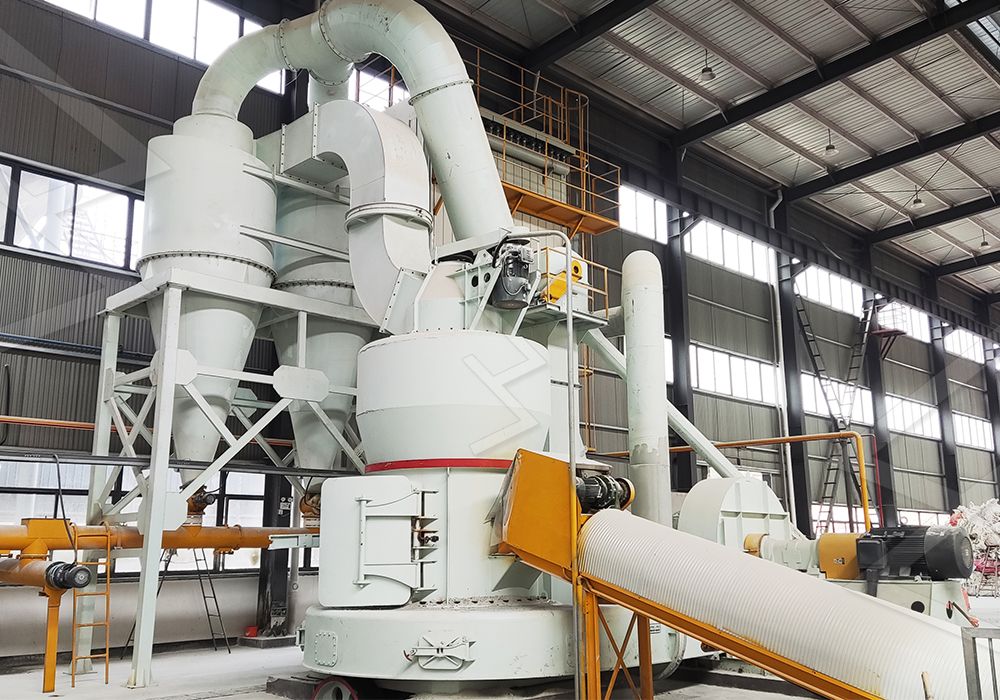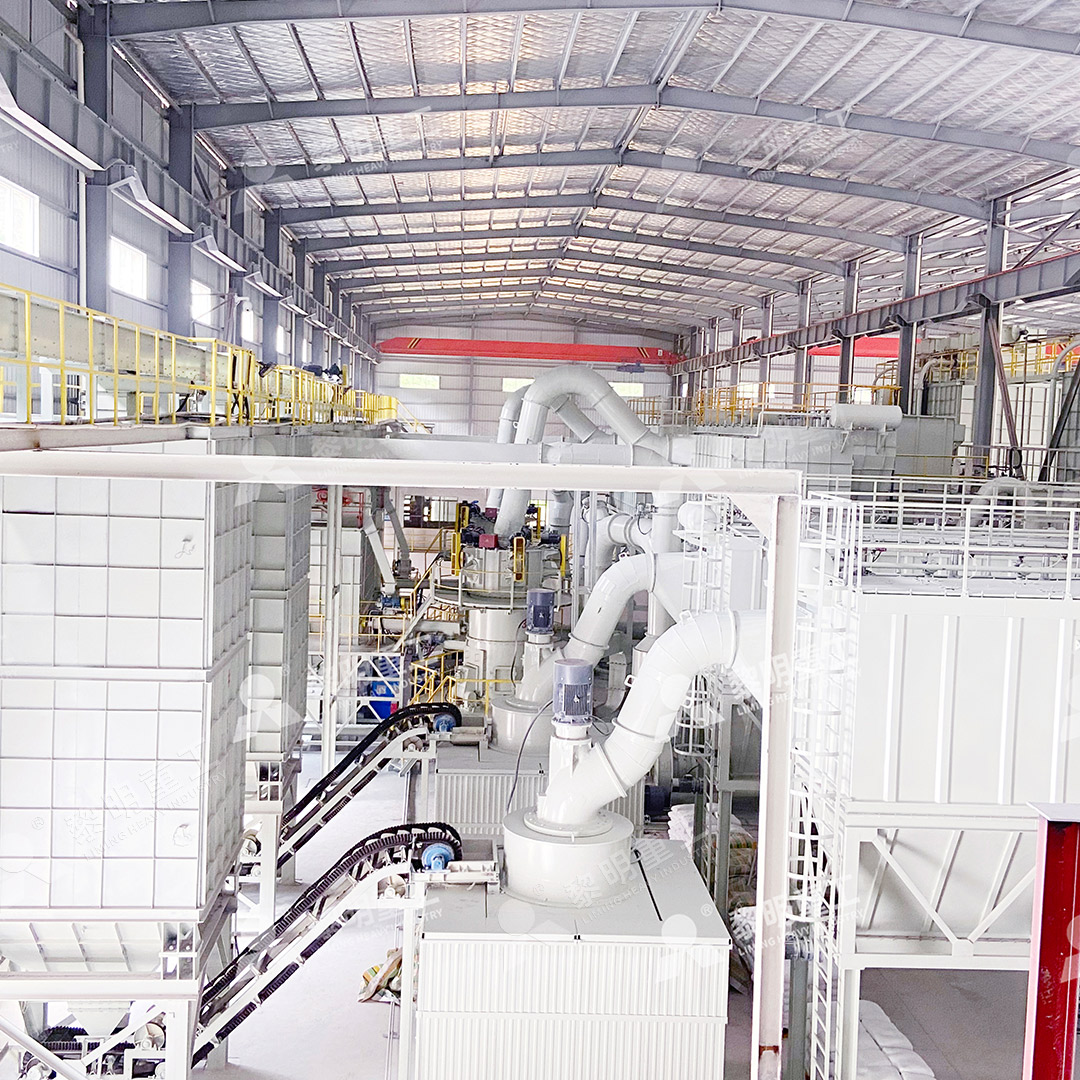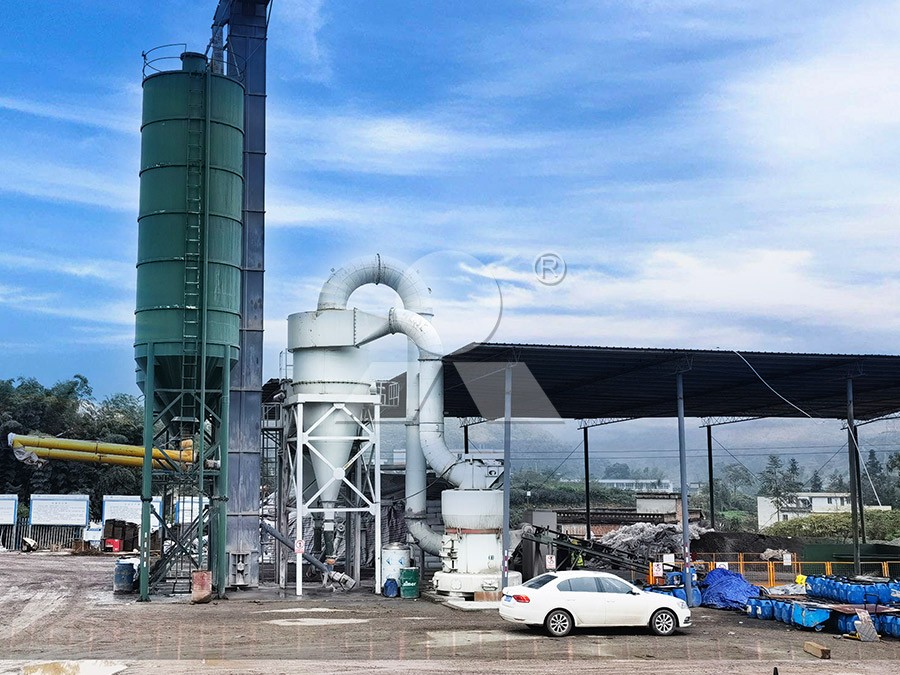Talc Raymond Mill Machine: A Comprehensive Guide to Grinding and Processing
Understanding Talc Processing: From Raw Mineral to Industrial Powder
Talc, a hydrated magnesium silicate mineral, has become indispensable across numerous industries due to its unique properties including softness, chemical inertness, and plate-like structure. The transformation of raw talc ore into valuable industrial powder requires precise grinding technology that can preserve the mineral’s inherent characteristics while achieving the desired fineness and purity.
The journey begins with mined talc ore, which typically contains various impurities that must be removed through beneficiation processes. Once purified, the talc undergoes crushing to reduce particle size before entering the grinding phase—the most critical step in determining final product quality.

The Evolution of Talc Grinding Technology
Traditional grinding approaches often compromised talc’s platelet structure, diminishing its value in applications where this characteristic is crucial. Modern grinding mills have addressed this challenge through advanced engineering that applies precisely controlled mechanical forces. The ideal talc grinding solution must balance production efficiency with product quality preservation, particularly maintaining the aspect ratio of talc platelets for applications in plastics, paints, and cosmetics.
Different industries demand specific talc particle size distributions. While plastics reinforcement might require coarser particles (10-40 microns), cosmetics applications need ultrafine powders (often below 10 microns). This variability necessitates flexible grinding systems capable of producing multiple product grades from the same raw material.
Advanced Grinding Solutions for Superior Talc Products
When processing talc, several technical challenges must be addressed: maintaining whiteness by minimizing iron contamination, preserving platelet structure, achieving narrow particle size distribution, and ensuring consistent product quality batch after batch. Our engineering team has developed specialized solutions that overcome these hurdles through innovative mill design and operational parameters.
For operations requiring ultra-fine talc powders with exceptional purity, we particularly recommend our MW Ultrafine Grinding Mill. This advanced system represents a significant leap forward in talc processing technology, specifically engineered to handle the delicate nature of talc while delivering superior product characteristics.

MW Ultrafine Grinding Mill: Engineered for Talc Excellence
The MW Ultrafine Grinding Mill stands out in talc processing through several groundbreaking features. With an input size capacity of 0-20 mm and production rates ranging from 0.5 to 25 tph, this system adapts to various production requirements. The mill’s innovative design eliminates rolling bearings and screws within the grinding chamber, addressing common failure points in traditional mills and significantly reducing maintenance requirements.
What truly distinguishes the MW Mill in talc applications is its precision fineness control, adjustable between 325-2500 meshes with the ability to achieve d97≤5μm in a single pass. The German-designed cage-type powder selector ensures exceptional classification accuracy, critical for producing talc powders with consistent particle size distribution. Furthermore, the integrated pulse dust collector and muffler system maintains clean operation—a vital consideration for talc’s application in sensitive industries like cosmetics and food additives.
For operations requiring different throughput or facing space constraints, our LUM Ultrafine Vertical Grinding Mill offers complementary advantages with its compact vertical design, 0-10 mm input size capability, and 5-18 tph capacity. Both systems incorporate our proprietary digitalized processing for exceptional machining precision and come with comprehensive technical support and genuine spare parts availability.
Optimizing Talc Grinding Operations
Successful talc processing extends beyond equipment selection to operational expertise. Proper moisture control is essential, as excessive moisture can lead to clogging while insufficient moisture may reduce grinding efficiency. The talc feed rate must be carefully calibrated to match the mill’s capacity, ensuring optimal utilization of grinding elements while preventing overload situations.
Regular maintenance protocols significantly impact both product quality and operational costs. Our grinding systems are designed with maintenance accessibility in mind, featuring external lubrication systems that allow continuous operation and simplified access to wear parts. The reversible structure of our LUM Mill, for instance, enables quick roller replacement without extensive disassembly.

Frequently Asked Questions
What makes talc grinding different from other minerals?
Talc requires gentle grinding to preserve its platelet structure, which is crucial for many industrial applications. Excessive shear forces can destroy these platelets, diminishing the talc’s reinforcing properties in plastics and its smoothness in cosmetics.
How does the MW Ultrafine Grinding Mill prevent iron contamination?
The MW Mill features a unique chamber design with no rolling bearings or screws, eliminating common sources of iron contamination. Additionally, the grinding elements utilize specialized materials that minimize wear and subsequent product contamination.
What particle size distribution can I expect from talc processed in your mills?
Our MW Ultrafine Grinding Mill produces talc powders with exceptionally narrow particle size distribution, adjustable between 325-2500 meshes. The advanced separator technology ensures precise classification with minimal oversize or undersize particles.
How energy-efficient are these talc grinding systems?
The MW Mill operates with 30% lower energy consumption compared to jet mills and approximately 50% less than traditional ball mills for equivalent output, thanks to optimized grinding curves and efficient classification systems.
Can the same mill process different mineral types?
While our mills are versatile, we recommend dedicated systems for talc to prevent cross-contamination. Both MW and LUM mills can process various non-metallic minerals, but talc’s specific requirements make dedicated processing preferable for premium applications.
